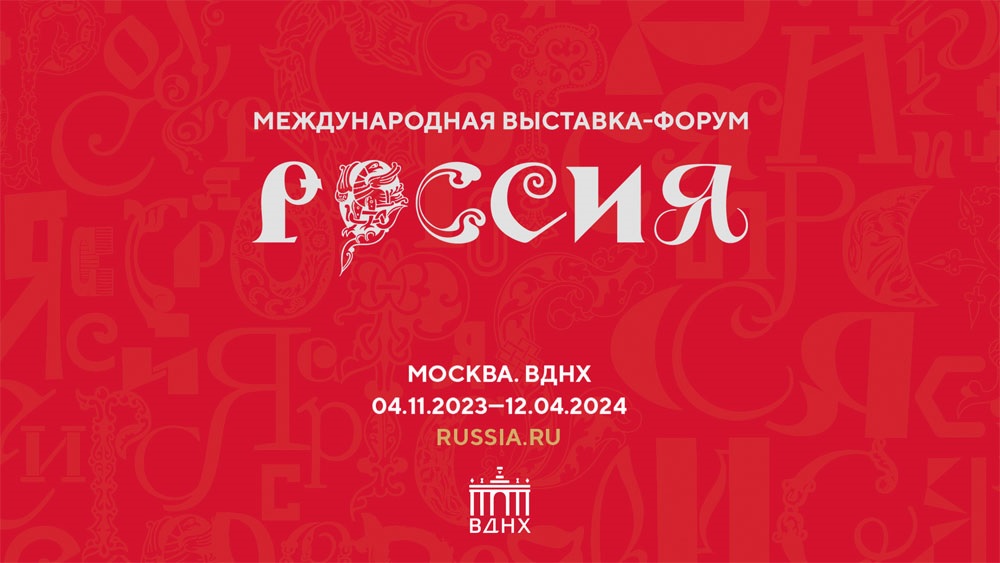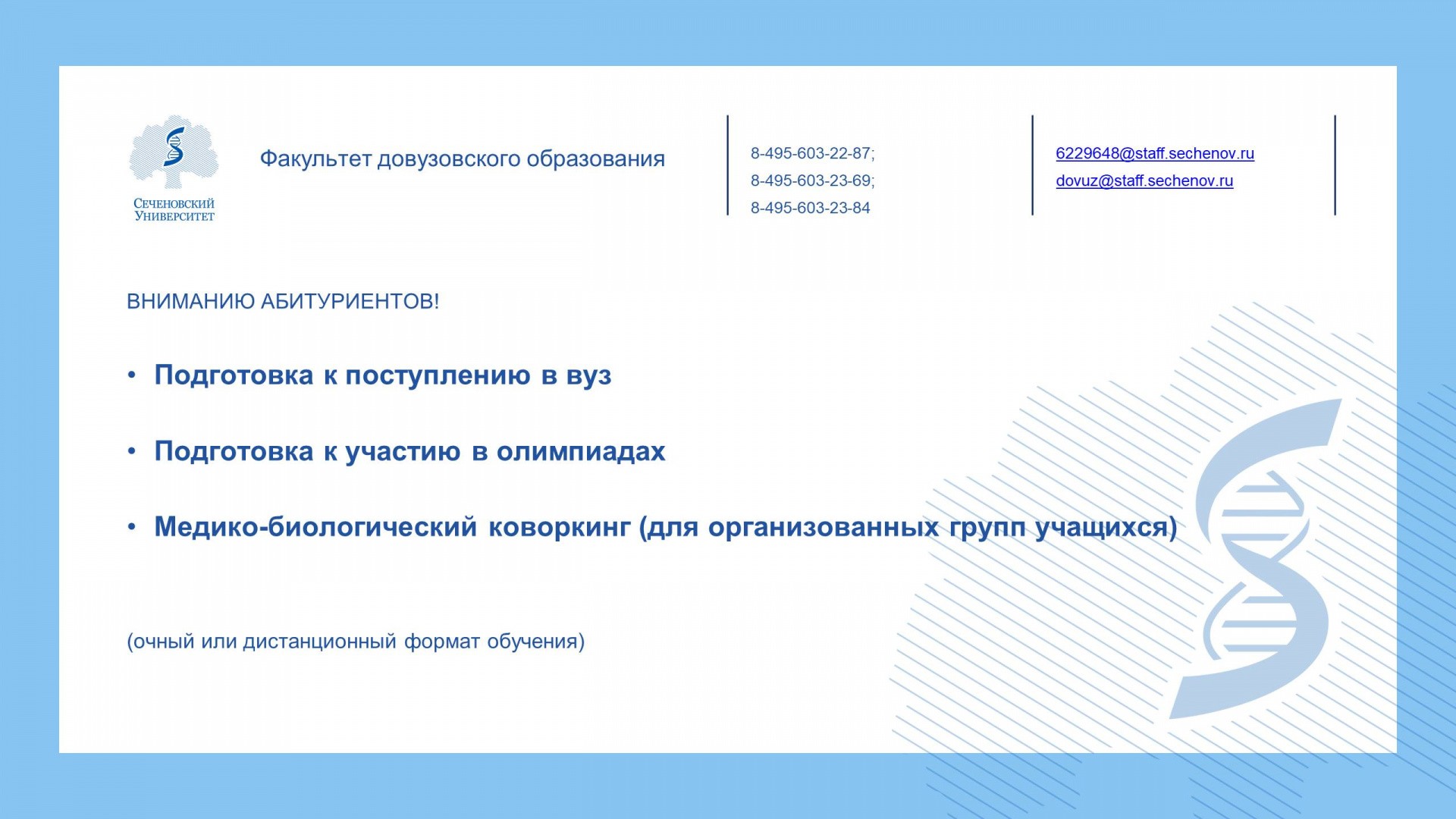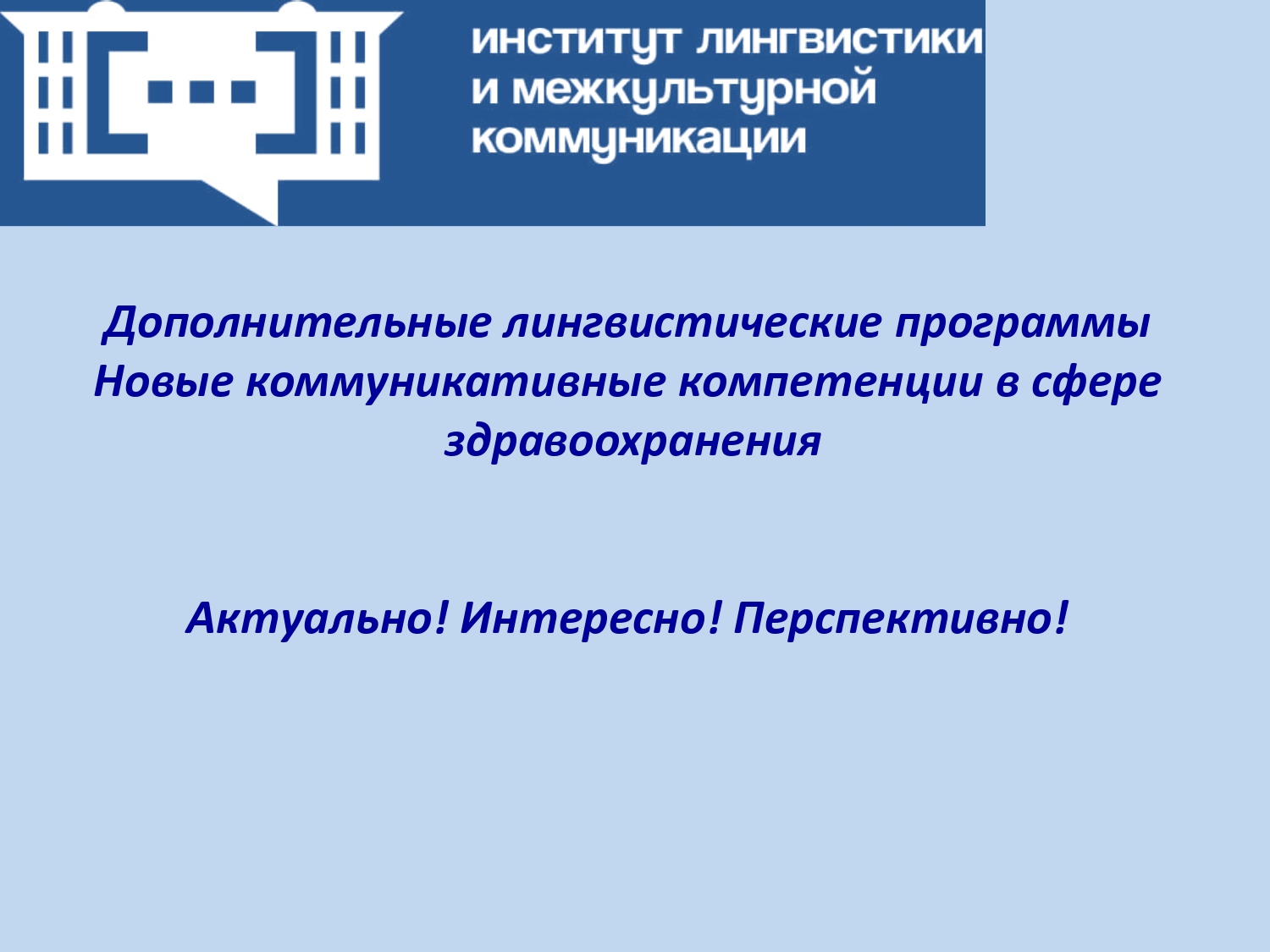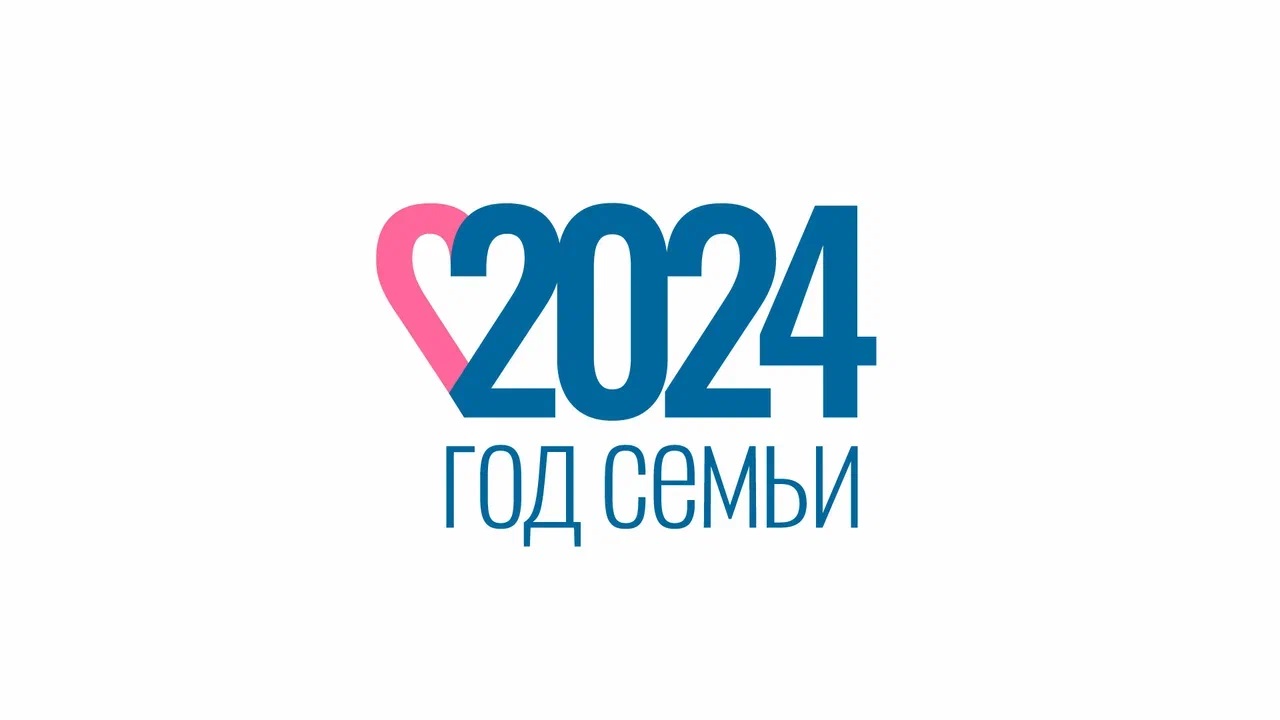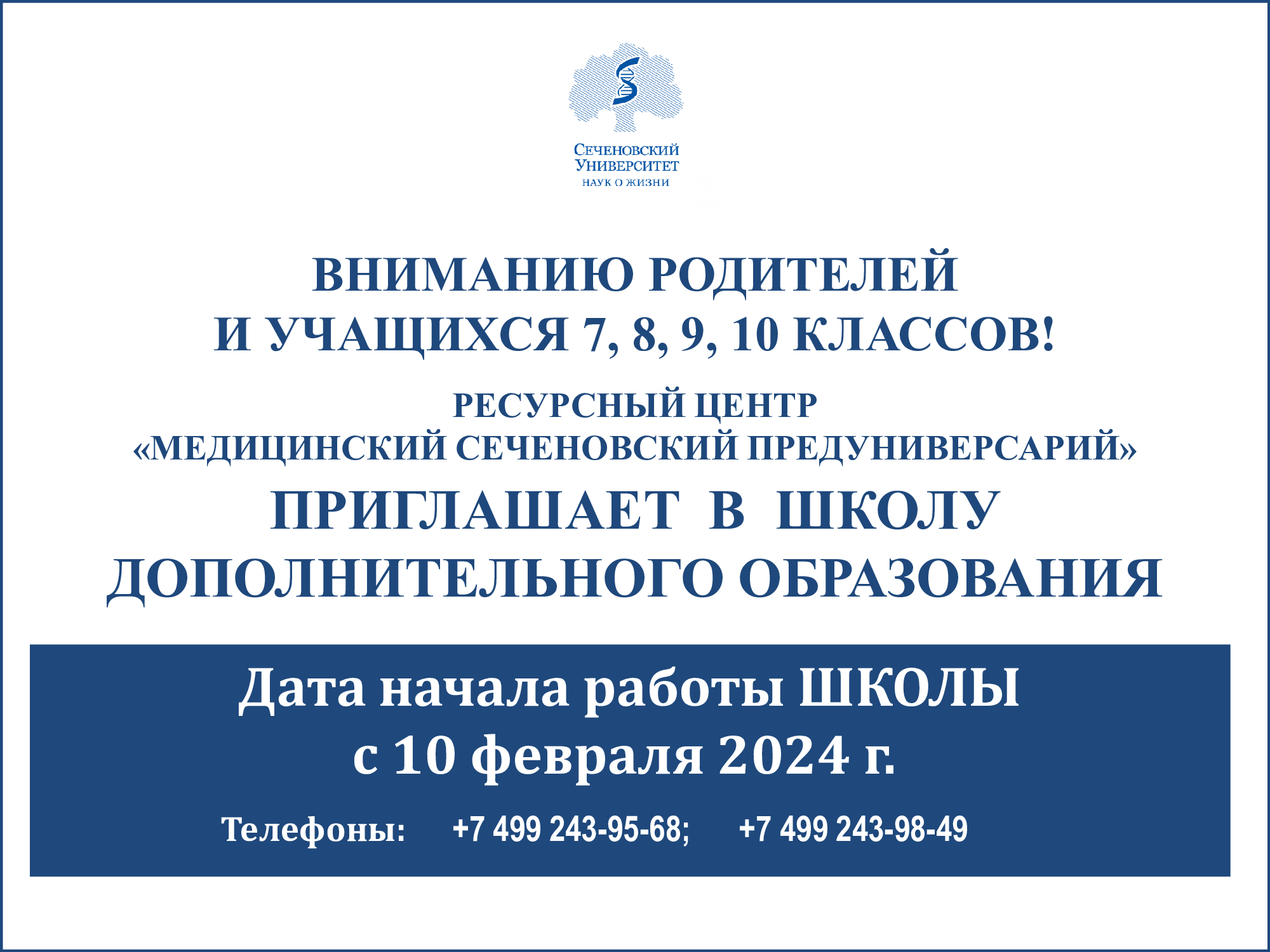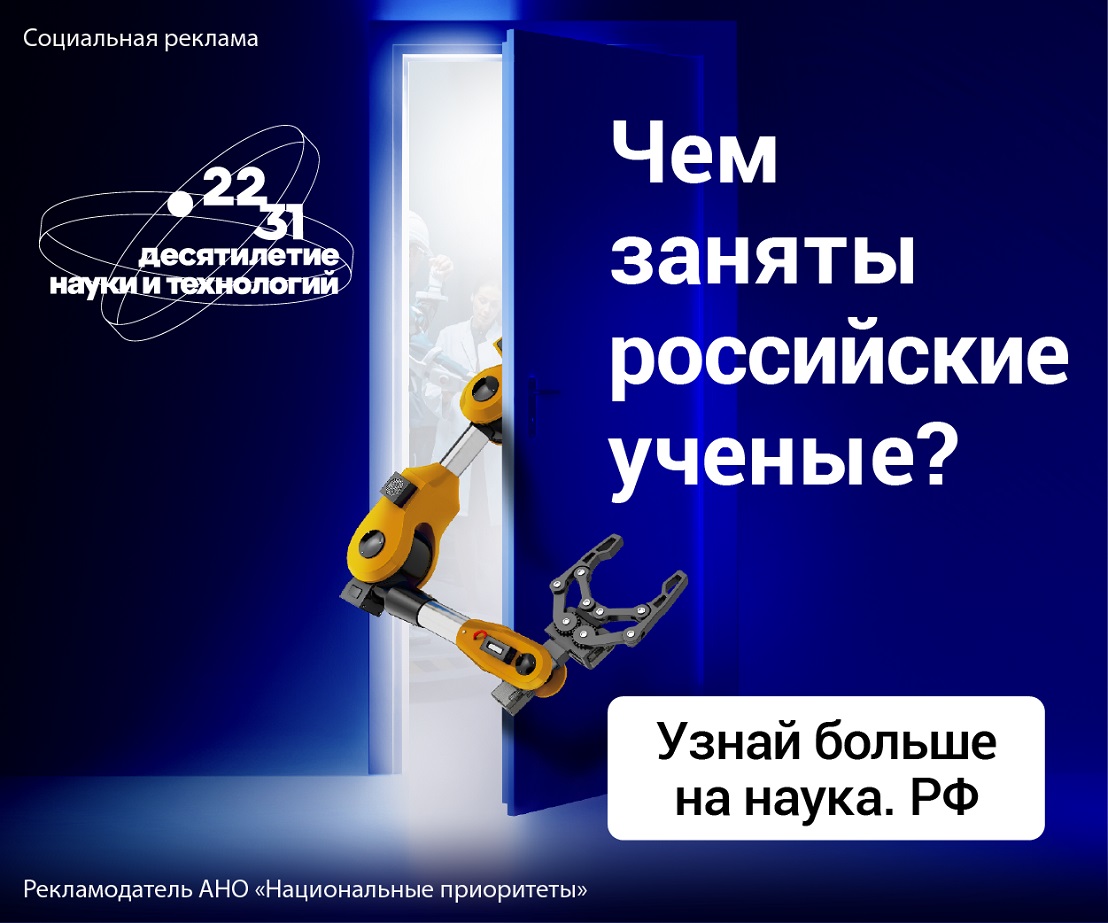|
Psychophysiologic features and personal-adaptive potential of students with limited abilities
|
01.01.2018 |
Kalenik E.
Salakhova V.
Mikhaylovsky M.
Zhelezniakova M.
Bulgakov A.
Oshchepkov A.
|
Electronic Journal of General Medicine |
|
11 |
Ссылка
© 2018 by the authors; licensee Modestum Ltd., UK. Objective: The article contains the results of studying homeostasis of the cardiovascular system by the method of cardiointervalography in students with limited abilities of various programs of study at university. A psychological assessment of the attitude of students with limited abilities to their health was made. The problem of the components of the personal-adaptive potential has been studied. A study of the level of human potential of students on a separate component of “health” and in the aggregate has been conducted, as well as conclusions based on this research work have been drawn. Method: To solve the objectives set in the study, the following methods were used: the review of scientific and methodological literature, instrumental and calculated physiological research methods: variational pulsometry; mathematical analysis of the heart rate variability; calculation method for assessing adaptive capacity-adaptive capacity offered by Bayevsky; the questionnaire “Psychological features of a person’s attitude to his health”, in the framework of a study of the human potential index (health component), a questionnaire was developed based on a questionnaire for assessing the quality of life, developed at the Institute of Stress Medicine (USA) in 1993, methods-descriptive mathematical statistics and testing the hypothesis by Student’s t-test. Results: The analysis of the activity index of the sympathic regulation link-mode amplitude (AMo%) according to the standards of homeostasis, in view of variation pulsograms, is characterized in the studied groups, as moderate sympathicotonia. The AMo index in the groups is not statistically different, reflects the stabilizing effect of centralization of the heart rate control, and indicates the activation of the sympathic division of the autonomic nervous system (ANS). AMo 1 year = 40.8 ± 8.1%; AMo 2 year = 44.9 ± 4.8%; AMo 3 year = 43.9 ± 8.8% the index is in the upper limits of the norm, the index is normal only in the group of first year students. It can be stated that the body of students with limited abilities reacts with a nonspecific adaptive response to the study load, and this depends on the specifics of the diseases and functional reserves that are low in this category of students. The indicator of urgent adaptation-vagosympathetic balance (LF / HF) shows the greatest stress in the group of first-year students. The index is statistically reliably different from the LF / HF1 year = 2.074 ± 0.39 * (according to the paired Student’s t-criterion of dependent indices p ≤ 0.5) from that of students in the second LF / HF2 year = 1.174 ± 0.25 and the third LF / HF3 year = 1.308 ± 0.26 years of study, indicating an increase in sympathic influences. A decrease in the ratio of the LF / HF index in the groups of second and third year students can be interpreted as a positive effect. There was general adaptation to the educational process at the university, and the correct construction of training and health-related workloads, in accordance with the medical diagnosis, led to a balanced regulation of the sympathic and parasympathic nervous system. Conclusion: The stress level of regulatory systems is assessed by the value of the adaptation potential. The higher is the adaptive capacity of the circulatory system, the lower the values of the adaptive potential. The adaptive potential is an indicator that determines the interrelation of two opposite concepts: “health” and “disease”, morpho-functional changes. In case of illness, a shift towards disadaptation takes place.
Читать
тезис
|

